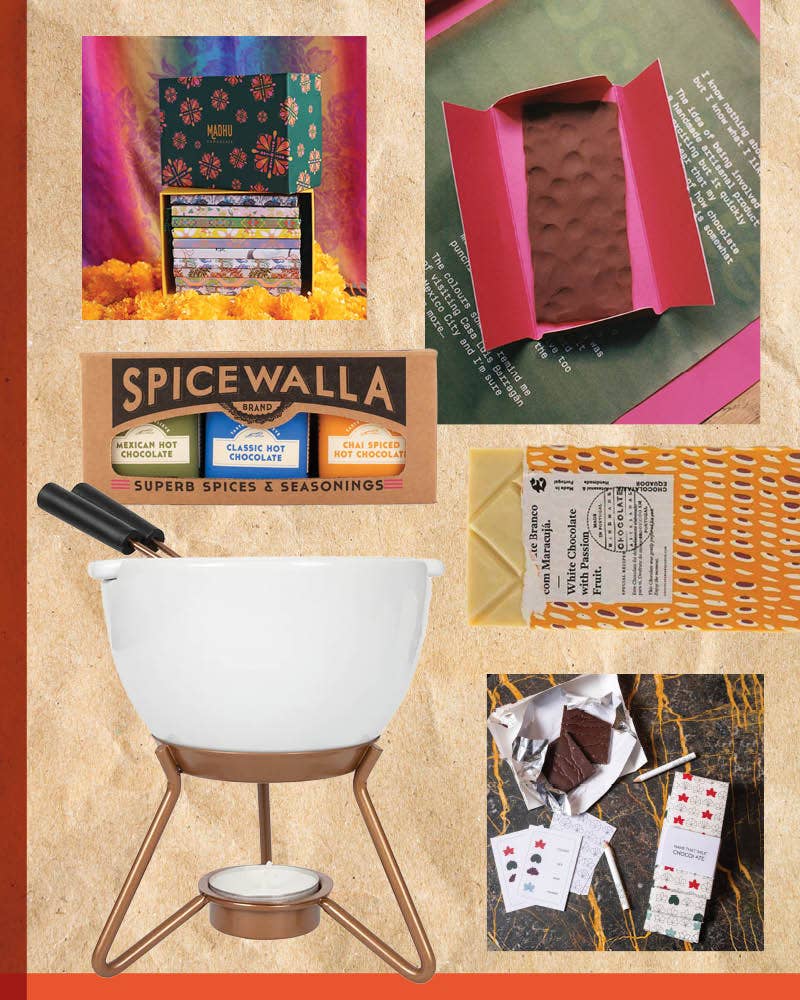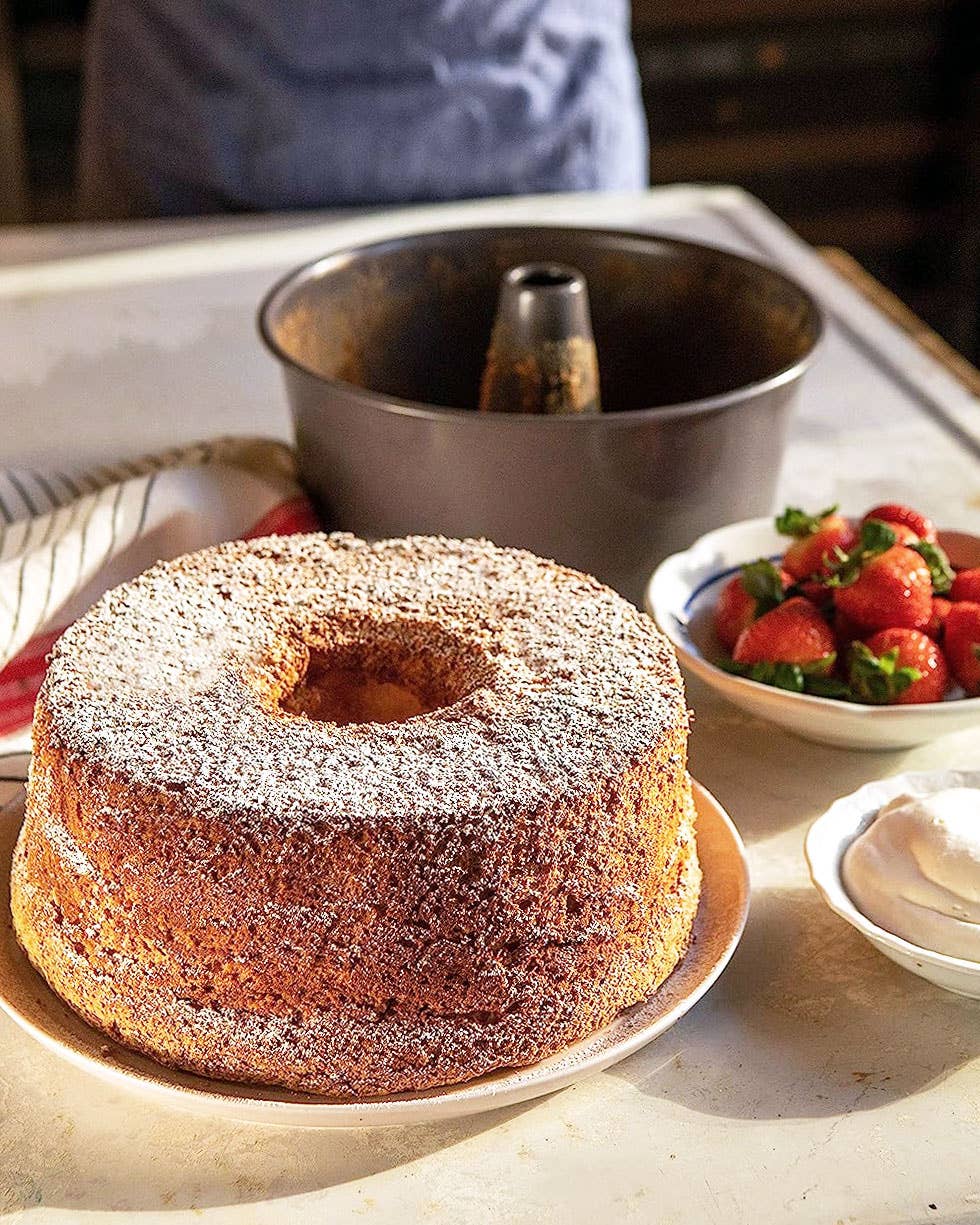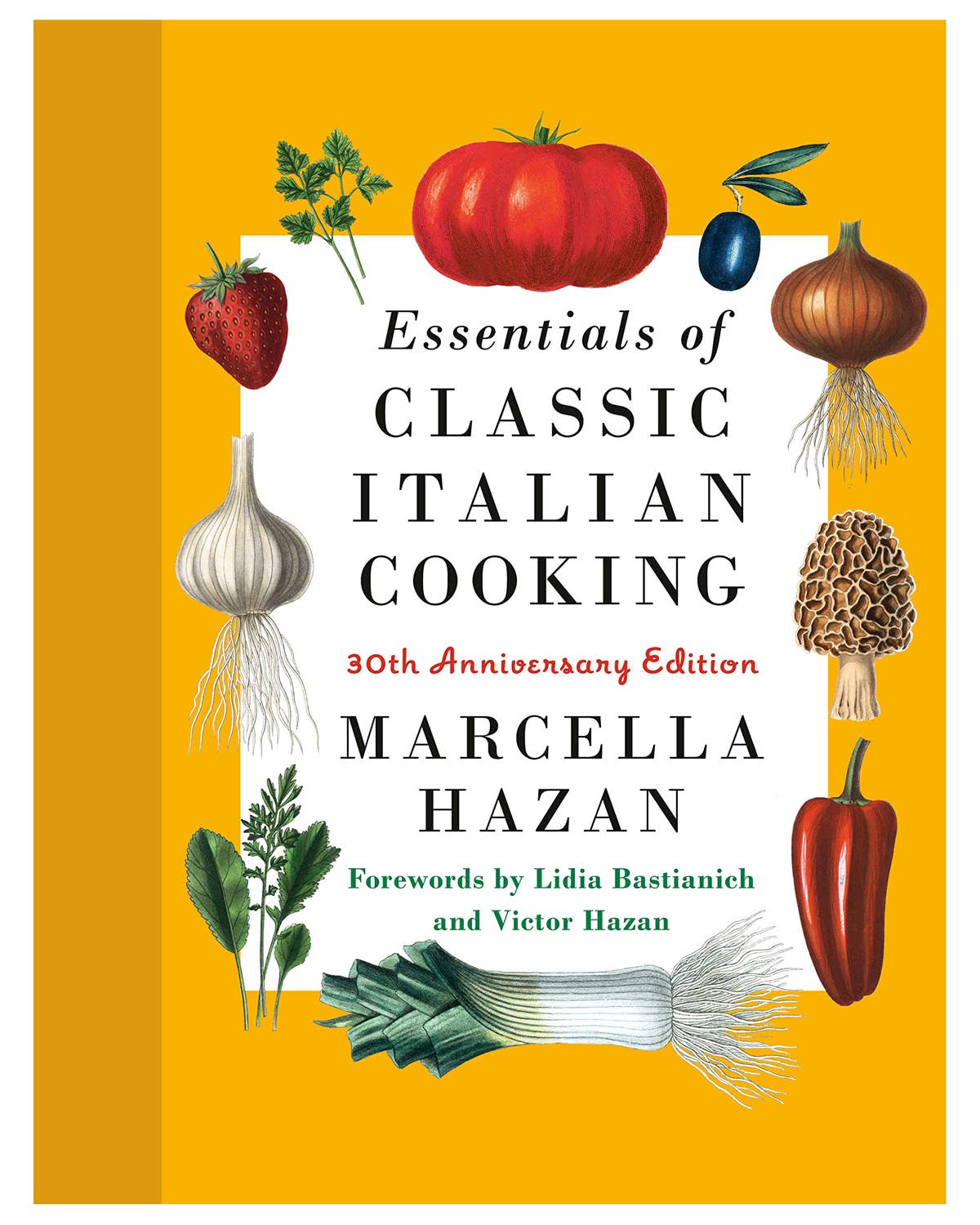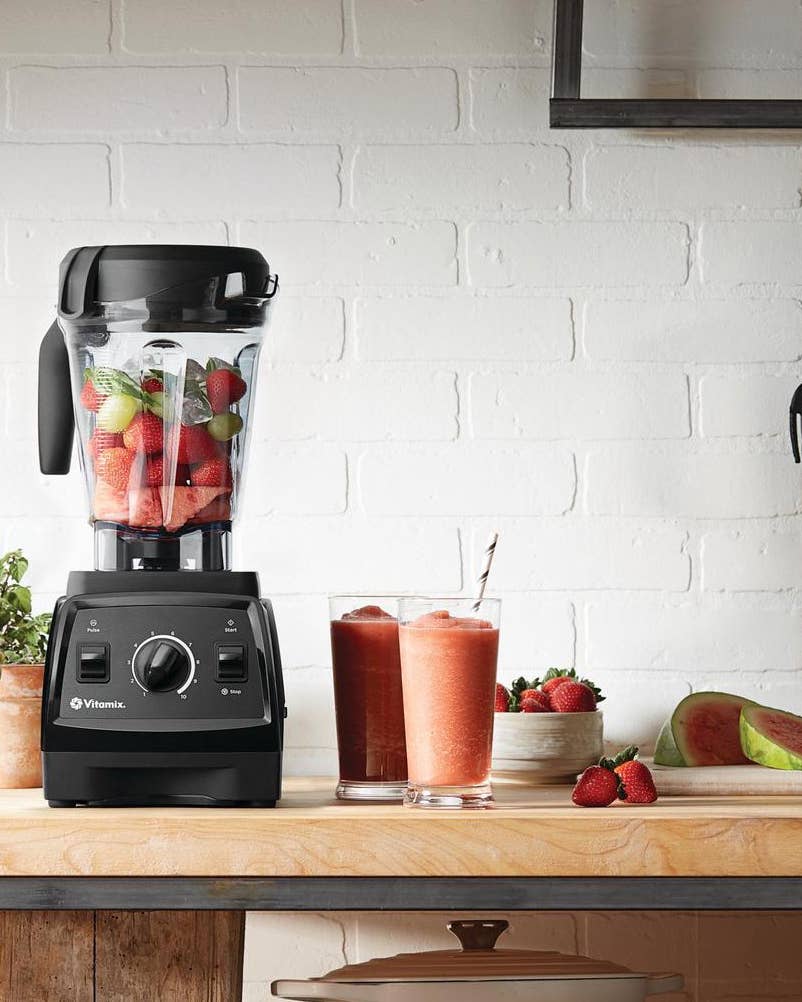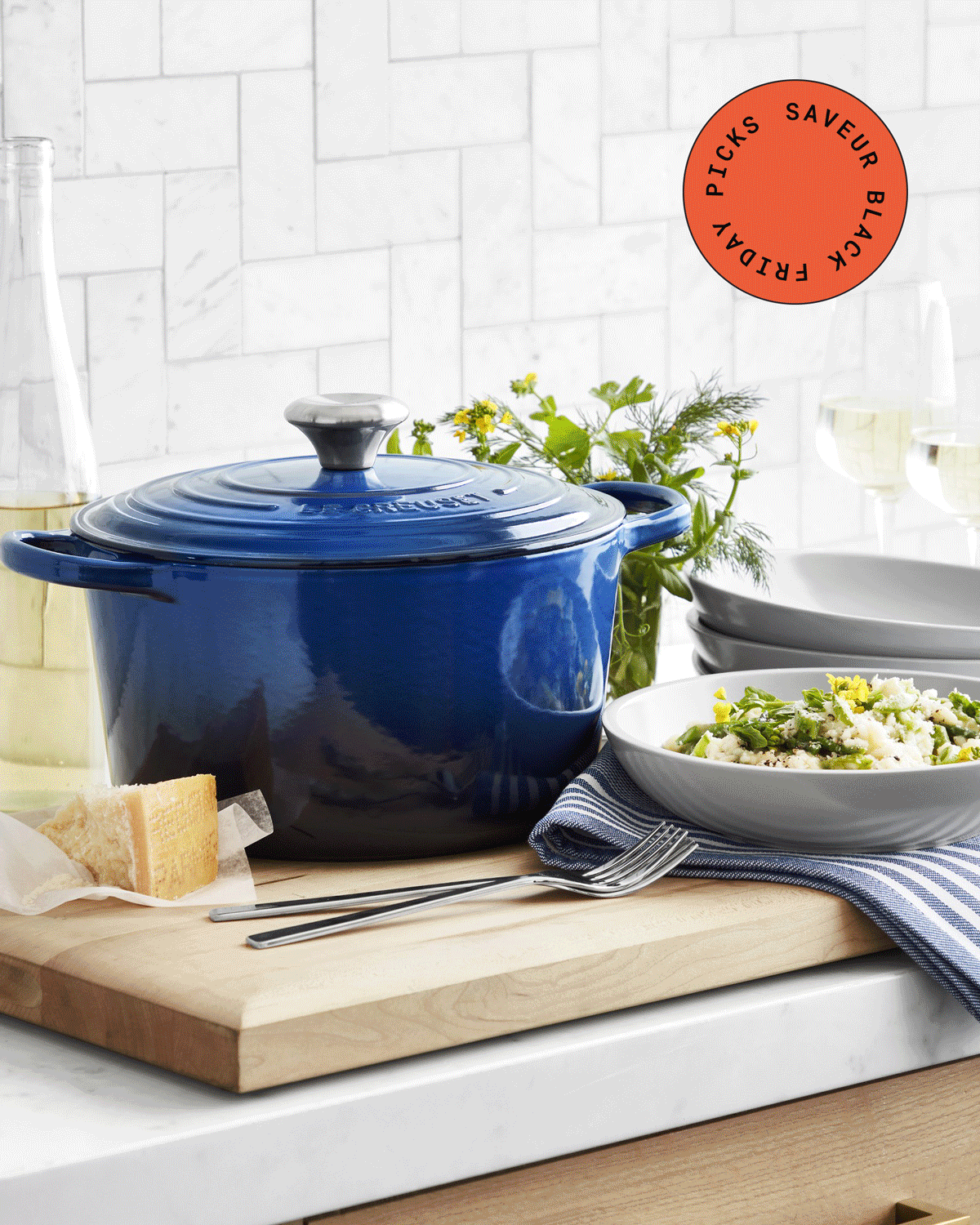5 New Classic Cookbooks to Try Right Now
No gimmicks, no celebrities—just great recipes from trusted sources that’d be more than welcome on your bookshelf
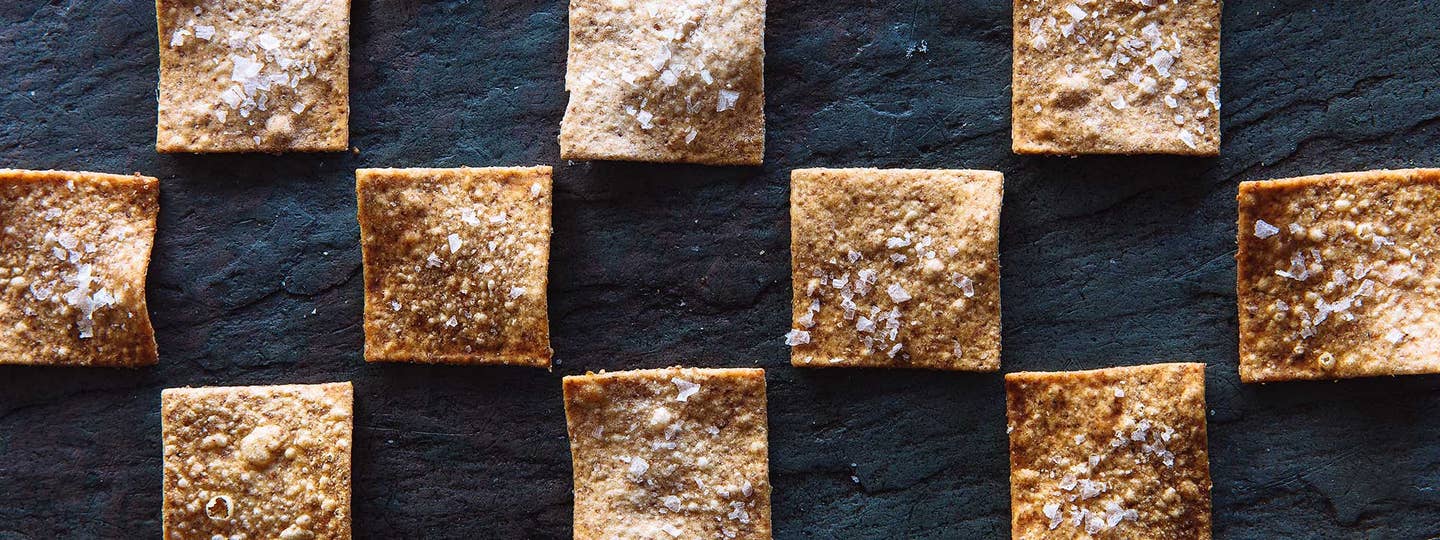
These days, cookbook shelves are stuffed with in-depth works on almost any specialty you can imagine: bone broth, toast, popsicles, tacos, brassicas. There are collections from famous restaurants that require a kitchen full of special equipment. There are ethnographic explorations of cuisines whose ingredients require fetching from halfway around the globe.
But what if you just want to fix really good dinners for your friends and family? Food around which people can gather. Meals that make people happy. You’ll still find those books, too. In fact, there’s a bumper crop of them this year.
These are books that fall somewhere between prosaic kitchen primers like The Joy of Cooking and lofty catalogues raisonnés from restaurants like Alinea or The French Laundry. They offer food that is sophisticated yet practical enough to cook on a regular basis. And they're written by people who can teach process and technique.
In a way, these are throwbacks to great cookbooks of a previous generation—Julia Child's Mastering the Art of French Cooking whose detailed variations turned a basic dish into markedly different variations. Or Marcella Hazan's The Classic Italian Cookbook, whose progressive menus were organized by flavor and work required. But this new wave of books harnesses a modern American vernacular. These are cookbooks that accept home cooking on its own terms but hold it to the highest standards. They assume a basic level of skill, the desire to be inspired, and the knowledge that cooking is a lifelong learning process. And they're all written in a lexicon that American cooks have been forging over the past several decades—nods to tradition, mixed with our own ingenuity, and braided with the influence of cultures near and far-flung.
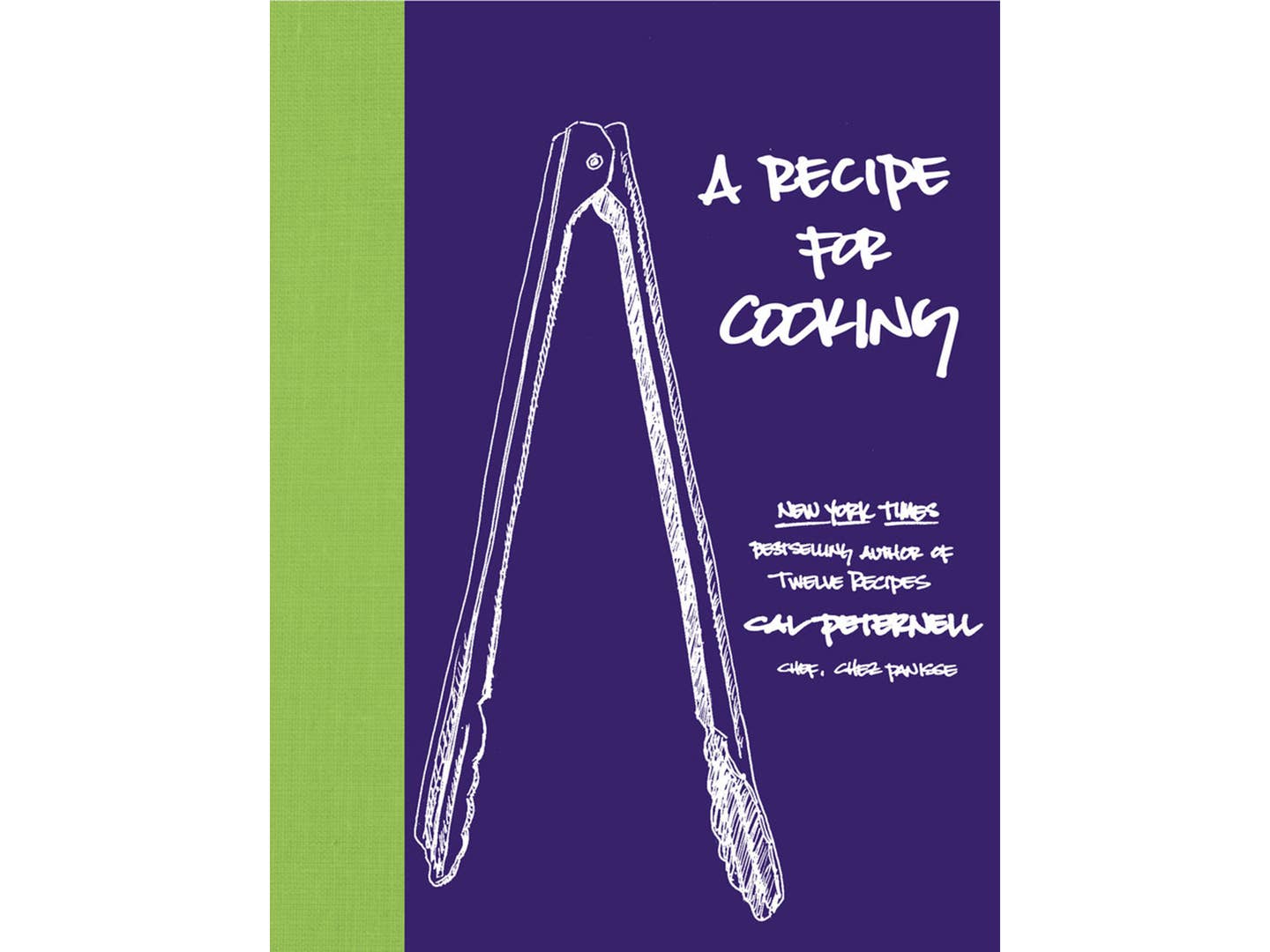
If you're looking for a perfect place to start, pick up A Recipe for Cooking by Chez Panisse chef Cal Peternell, which is full of useful building blocks (like an entire chapter on sauces) that can fit in any modern cook's repertoire. Organized by course and season, recipes are written to flex and permute. Crunchy fritters are based on a batter made with chickpea and rice flours and can be adjusted to the vegetables you have on hand. A fish soup is, in summer, flavored with ripe tomatoes, orange peel, chile, and saffron. Come winter, those flavorings are swapped for sorrel and the whole thing gets pureed to become creamy and herbaceous. The balance of foundational French technique with American practicality make A Recipe for Cooking a simple, yet modern classic.
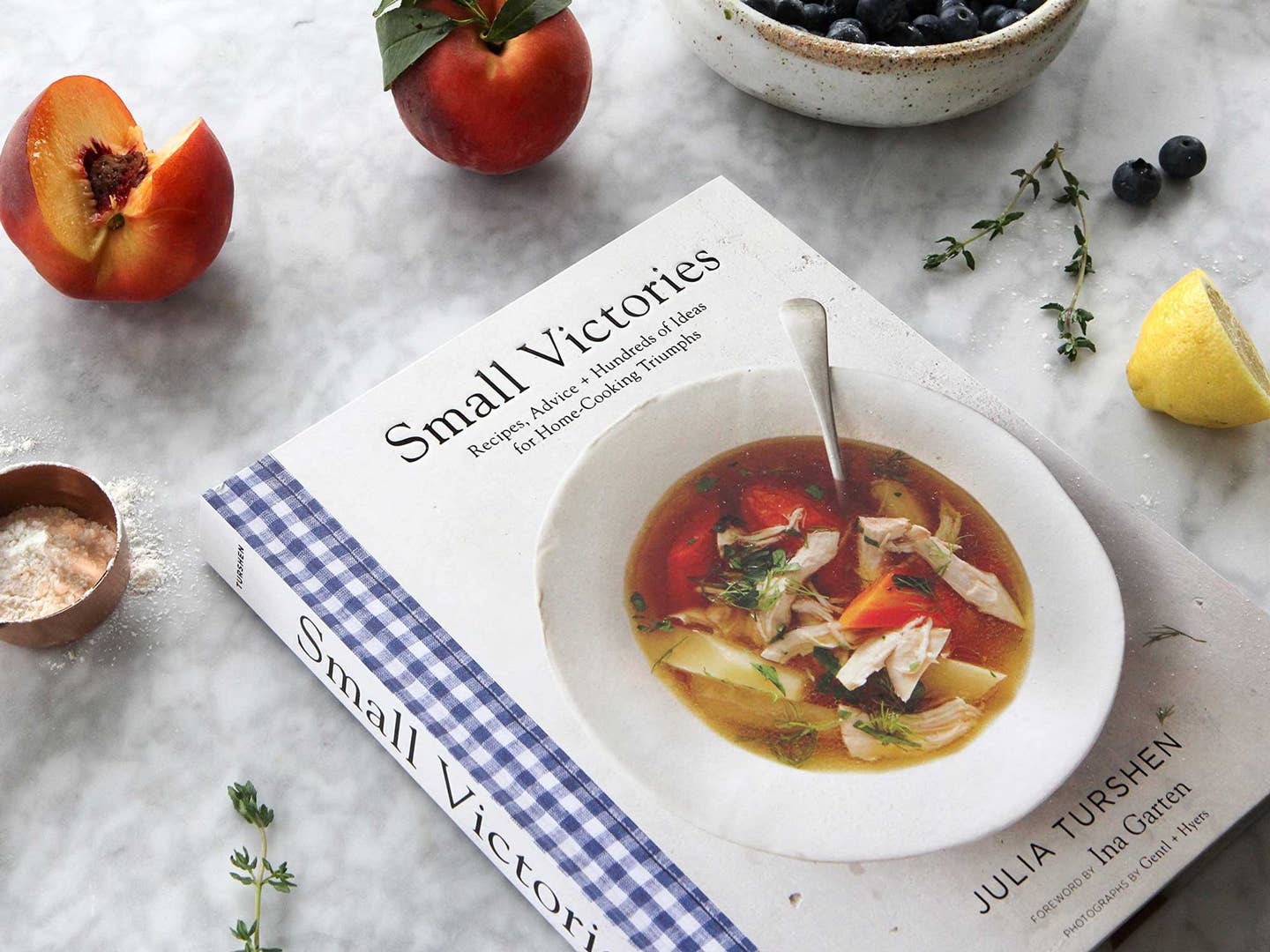
Where Peternell provides base recipes that are meant to shift throughout the year, Julia Turshen's Small Victories provides templates meant to inspire creativity. A self-taught cook and frequent cookbook ghostwriter who believes in building your chops one dish at a time, Turshen preaches the art of mastering a recipe and building upon it with alternative possibilities. Each recipe or technique is a "small victory"—a lesson that advances your cooking ability one step further. From there, spin-offs are provided to turn, say, an all-day pork shoulder into a Filipino style pork adobo or a Mexican braised pork.
In one technique that would not have been out of place in a Julia Child book, Turshen processes a bunch of leftover cheese ends with garlic, butter, and white wine for a flavorful fromage fort. She suggests using mostly cheddar and adding pickled pimento for a Southern take, or using blue cheese for a plus fort version. It’s a terrific quick spread you can serve with crackers or you can make a sandwich with it or even use it to top a soup. And, Turshen says, it’s “probably the best thing that’s ever happened to the inside of a baked potato.” From one basic recipe, so many possibilities.
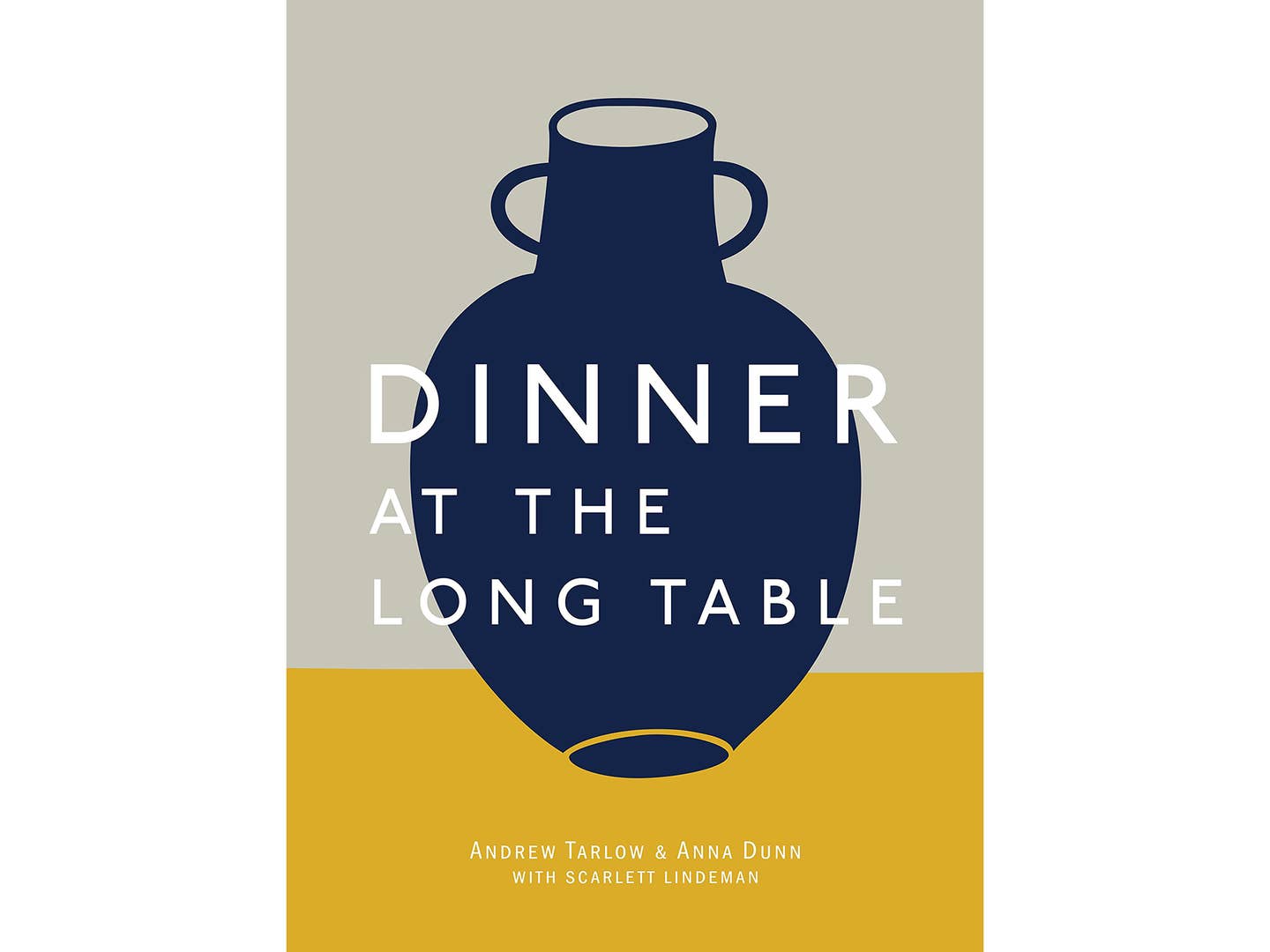
Andrew Tarlow extends the idea of template cooking to constructing a menu itself. The owner of a group of casual, home-style restaurants in Brooklyn including Marlow & Sons and Reynard, Tarlow builds meals just as he would at the restaurant—balancing one big, often long-cooked centerpiece with lots of unfussy sides and appetizers. Lamb tajine, for instance, is served with couscous with pine nuts and currants, grilled flatbread, pickled carrots, and bowls of yogurt. The sum of the parts is greater than the whole—flavors are harmonized and effort is distributed. A tajine takes some time to put together, but the pickles come from the pantry, the dough for the flatbread can be prepared in advance and quickly grilled before serving, and yogurt bowls are almost ready-made.
Bread Salsa
Herbaceous, the right kind of salty, and textural, this rustic breadcrumb and anchovy laden condiment adds crunch and brightness to sliced roasted meats and vegetables. Get the recipe for Bread Salsa »
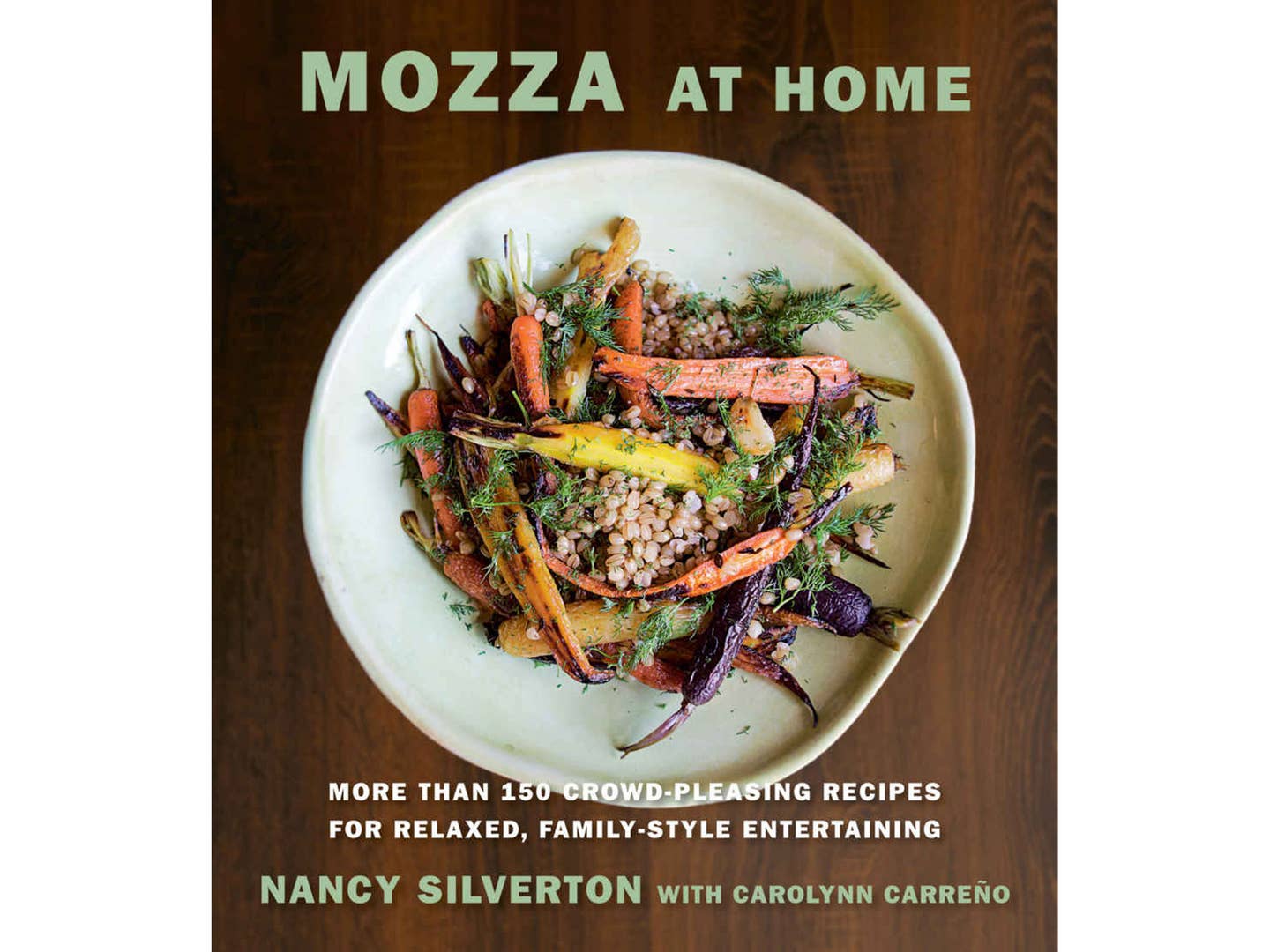
In Mozza at Home, Silverton offers a master class in details that turn commonplace dishes into something more special. In a couscous salad with root vegetables, Silverton uses a Japanese mandolin to finely dice the carrot and parsnip to match the size of the couscous. "If they were any larger, instead of the vegetables integrating with the grains of couscous, the couscous would coat the veggies," she writes. Even something as ubiquitous as avocado toast is layered with flavors thanks to careful, specific instruction—crusty bruschetta is smeared with a thick layer of aioli, topped with crushed avocado and lime, and a final sprinkling of toasted coriander seeds that adds a surprising aromatic bite.
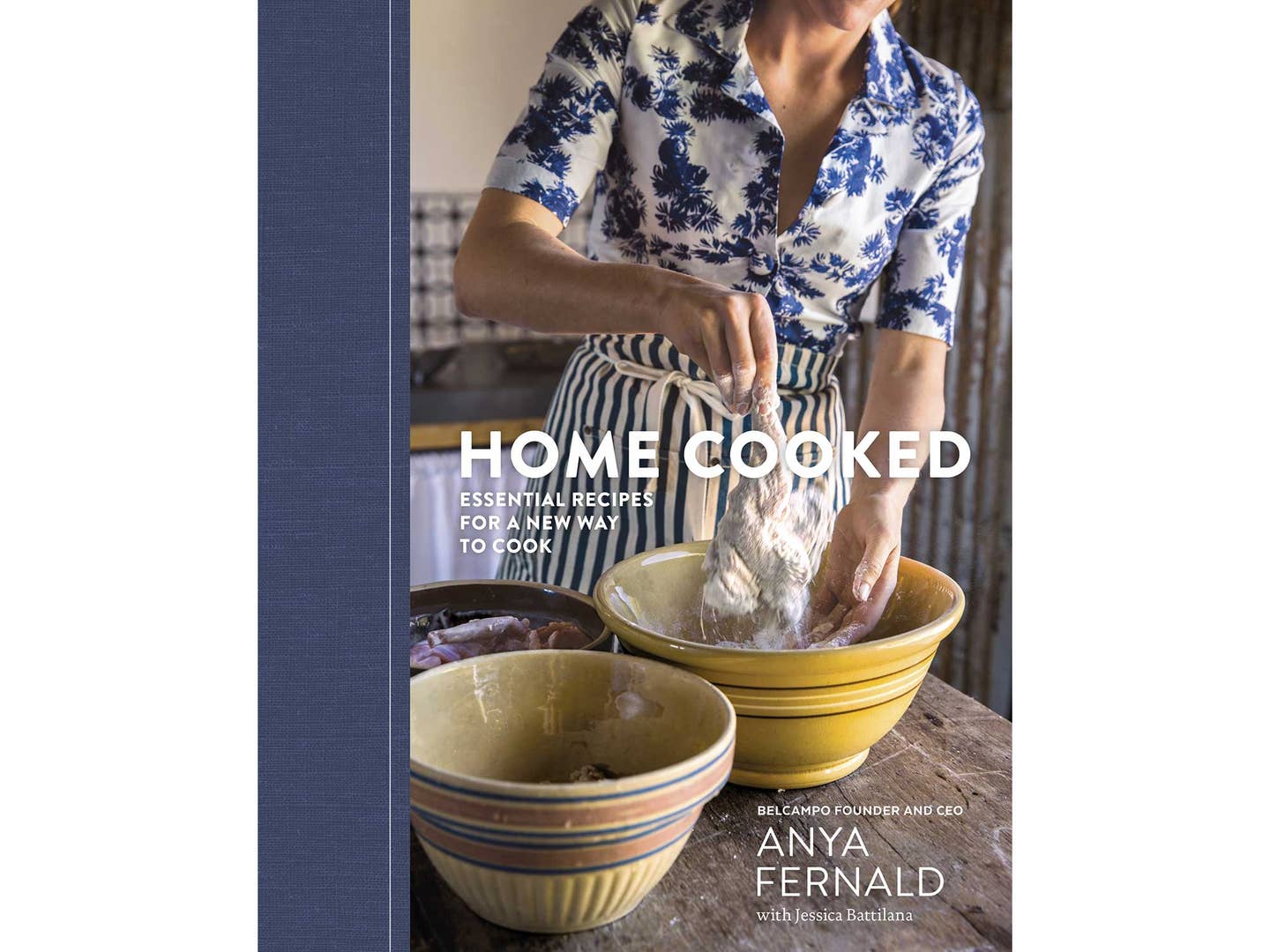
Sometimes one of the most valuable things you can learn from a cookbook is attitude. Rustic in the extreme, Home Cooked by Anya Fernald of Belcampo Meat Co. features recipes that could be prepared in a tiny farmhouse kitchen with a single knife and a cutting board.
These dishes emulate the rustic preparations of Sicilian housewives from whom she learned: long-cooked sauces, simple cured meats, quickly made pickles, homemade fresh cheeses, and homemade olive oil crackers. Of course crackers can be easily bought at any grocery, but these, made with half whole wheat flour, are earthy and delicious. And they’re infinitely adaptable—brush them with garlic oil, sprinkle them with cumin or other spices, sweeten them with sugar and nutmeg.
Olive Oil Crackers
Adapted from Anya Fernald’s Home Cooked, this recipe for delicate, whole wheat-flecked crackers makes enough to feed a party, or last all week in your pantry. “The key to [their] crispiness is to roll out the dough extremely thin,” the author writes. If the dough springs back at all while rolling, let it rest at room temperature for 5 minutes, then try again. Get the recipe for Olive Oil Crackers »
Keep Reading
Continue to Next Story





